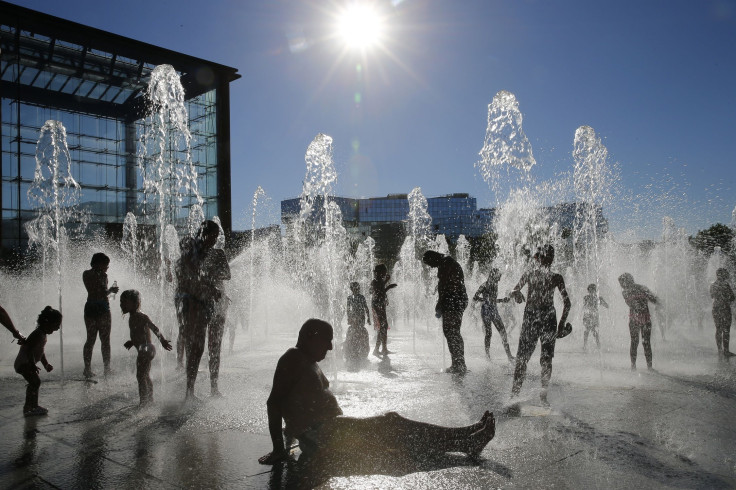NSW heatwave: Temperatures reach 47C, Sydney endures record-setting mercury levels

New South Wales continued to suffer through scorching conditions over the weekend. The heat prompted a Sydney man to prove he could fry an egg in the severe heat inside his car.
Josh Vincent, from Sydney’s west, tried frying up bacon and eggs in a pan using the heat inside his car. As he was measuring the temperature using a thermometer, he left the bacon in the frying pan under the direct sun.
Over this, he added an egg. Following an hour of direct heat, he ended up with “perfectly cooked” bacon and eggs. To further prove the food he prepared could be eaten, he consumed it and found it was crispy.
Meanwhile, mercury levels went beyond 40 degrees Celsius on Saturday. The statewide maximum temperature estimated for Saturday was a scorching 44.02 degrees Celsius. The figure threatened to break the record for the highest statewide maximum for February for a second consecutive day. The highest average of February until Friday had been 42 degrees Celsius.
In other parts of Australia, temperatures climbed further up to reach severely sweltering 47 degrees Celsius. The Ivanhoe Airport in NSW recorded a temperature of 47.6 degrees Celsius. Richmond sustained a temperature of 47 degrees Celsius and Penrith was a close third with 46.9 degrees Celsius.
Fire conditions were caused on Sunday as a result of a combination of wind, heat and humidity. The extreme conditions prompted the NSW Rural Fire Service to declare five emergency fires – resulting in several properties and farmland sustaining damage.
The weekend was recorded as the worst summer weekend in nearly 160 years, as reported by the Daily Telegraph. In several parts of Sydney, temperatures flared past 40 degrees Celsius. The scorching conditions also set off fireworks in one driver’s car in Chatswood.
According to NSW Rural Fire Service Commissioner Shane Fitzsimmons, heatwave conditions are most severe when it comes to fire danger ratings. “They are catastrophic, they are labelled catastrophic for a reason, they are rare, they are infrequent, and to put it simply, they are off the old conventional scale,” he said. “It’s not another summer’s day. It’s not another bad fire weather day. This is as bad as it gets in these circumstances.”
Things were equally bad for the Hunter region in NSW. According to AAP (via 9News), Weatherwatch meteorologist Don White said the temperatures recorded were the highest for any time of the year for those locations. "There has been a lot of hot thermal activity in the north and northwest of the country, and consequently moisture hasn't fed down from there - it has been steered into Western Australia," White said.





















